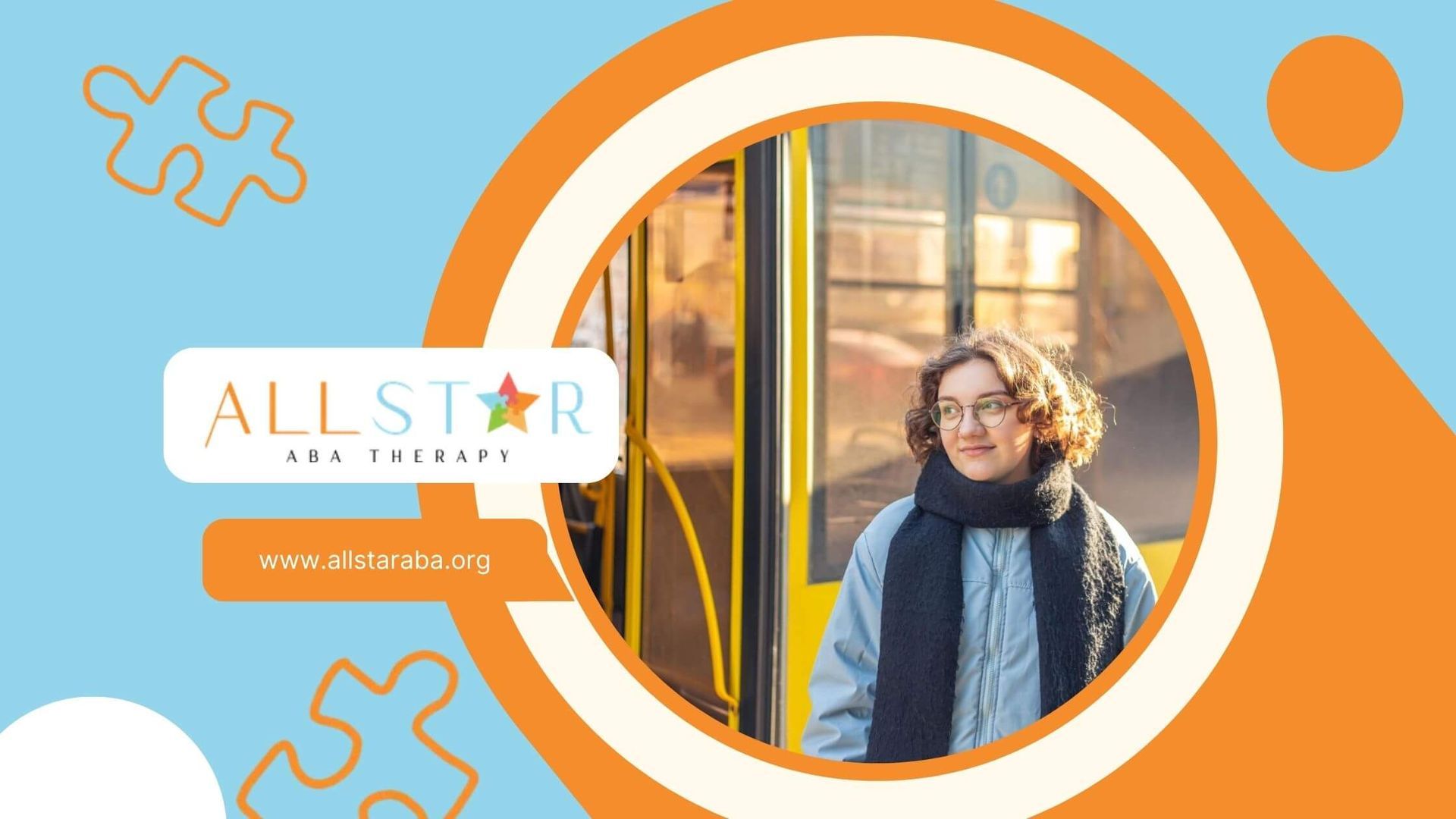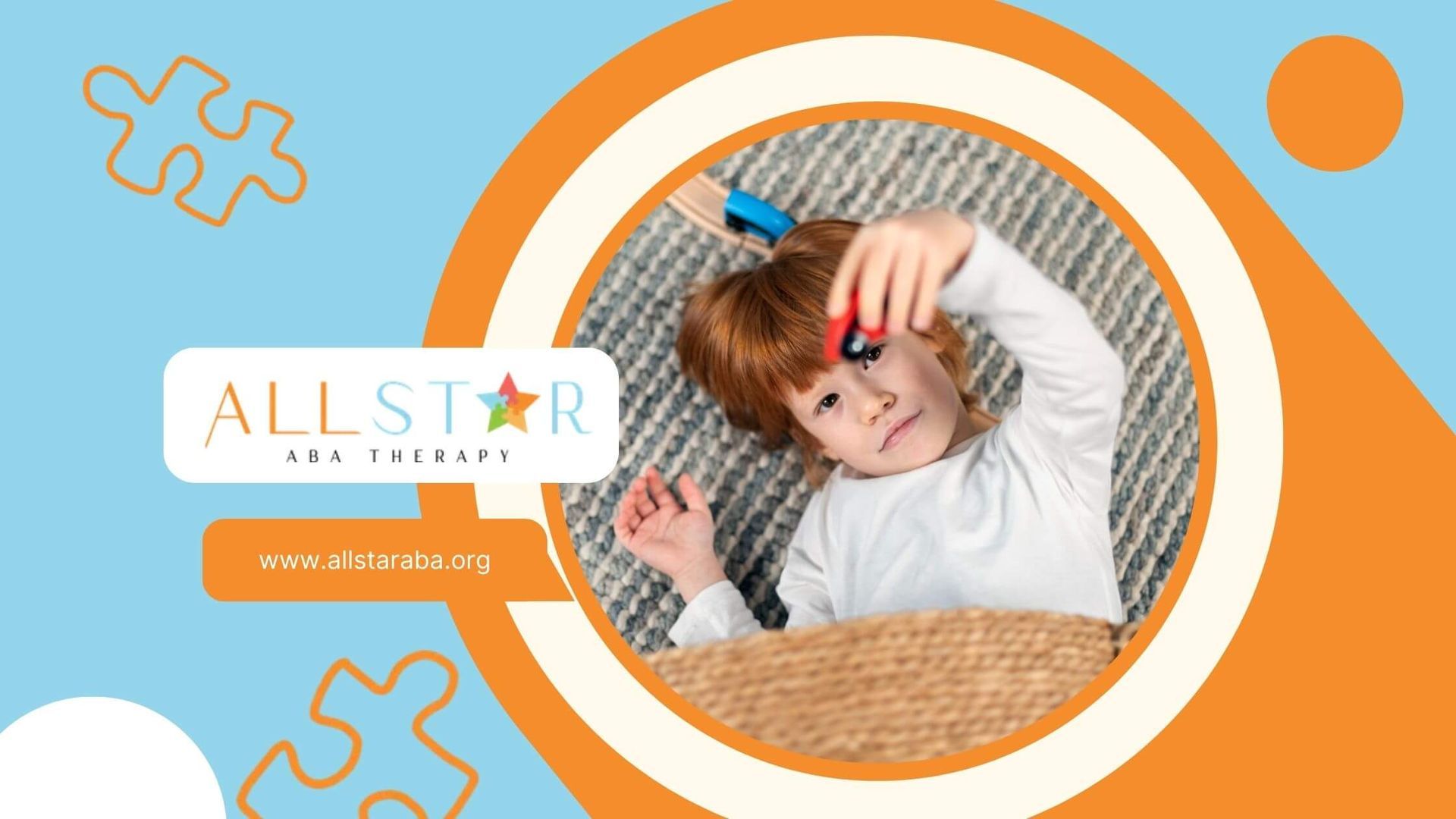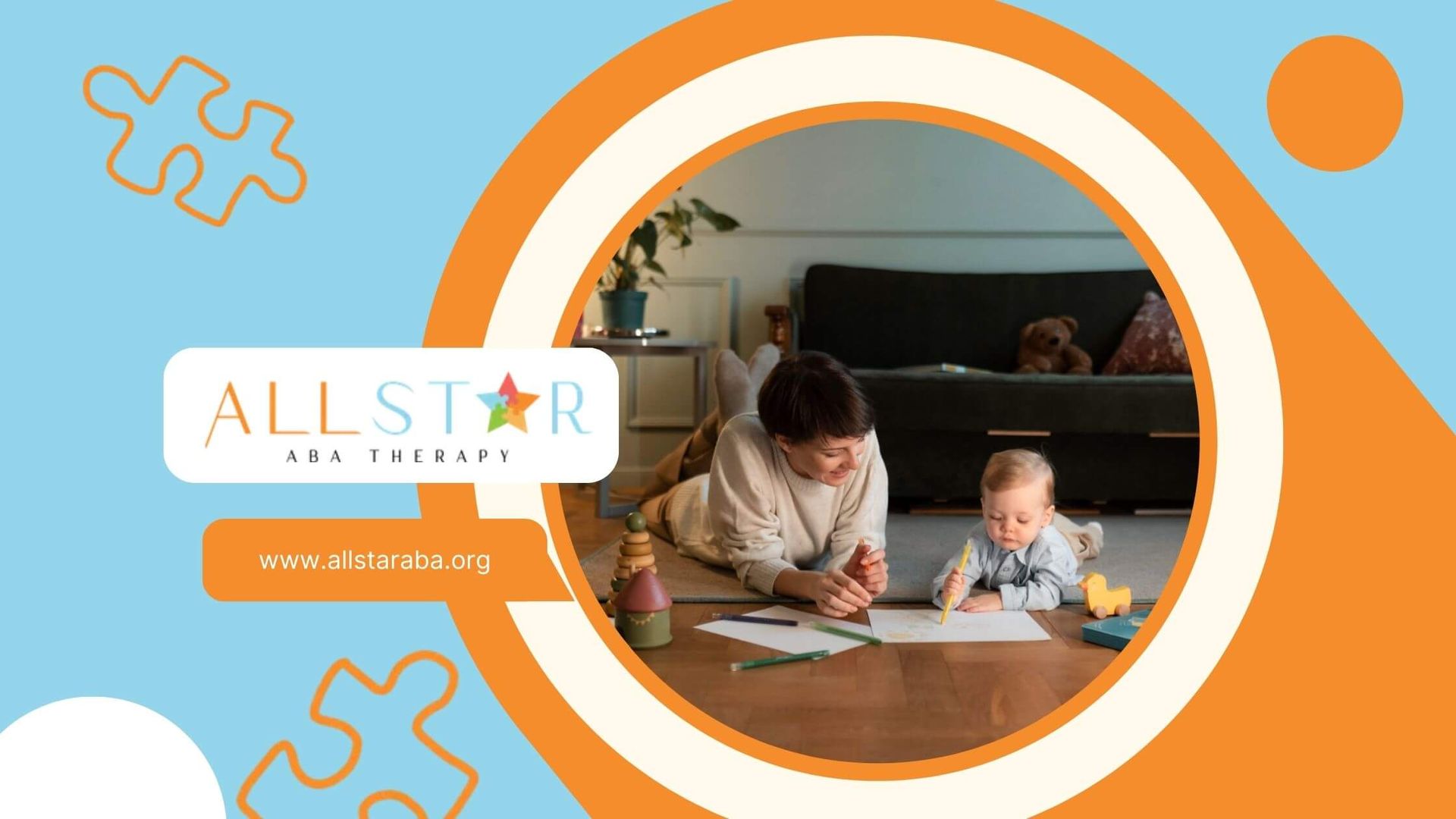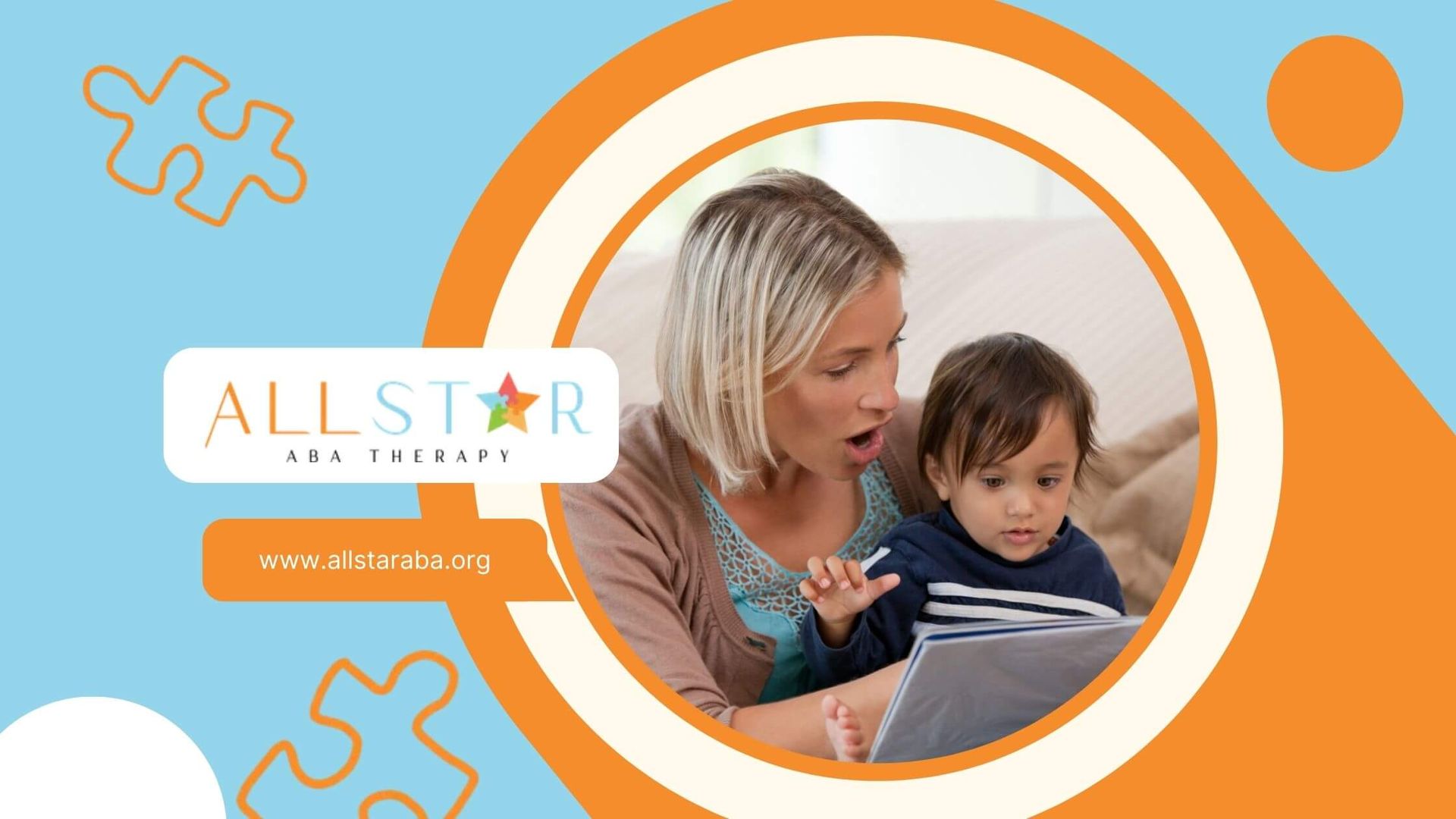New Paragraph
Transforming Lives: The Impact of Early Intervention for Autism
Understanding Autism Spectrum Disorder
Autism Spectrum Disorder (ASD) is a complex developmental condition that involves persistent challenges in social interaction, speech and nonverbal communication, and restricted/repetitive behaviors. The effects of ASD and the severity of symptoms can vary widely among individuals, making it a "spectrum" disorder.
Defining ASD
ASD is a neurodevelopmental disorder that impacts the way individuals perceive and socialize with others, affecting communication and interaction to varying degrees. It is characterized by challenges with social skills, repetitive behaviors, speech, and nonverbal communication. Some individuals with ASD also possess unique strengths and differences, such as heightened abilities in art, music, math, or memory. For a deeper understanding of ASD, explore What is autism?.
Prevalence and Diagnosis
The prevalence of Autism Spectrum Disorder has been rising, with current estimates suggesting that almost one in 54 children are diagnosed with ASD, a figure that has increased partly due to better detection and assessment. While children can be diagnosed with ASD as early as 2 years old, the average age of diagnosis is around 6 years. Early screening and diagnosis are vital, as they open the door to
early intervention for autism, a critical factor in supporting the child's development.
| Age for ASD Screening | Recommended by |
|---|---|
| 18 and 24 months | American Academy of Pediatrics |
The American Academy of Pediatrics recommends that all children be screened for ASD during regular well-child doctor visits at 18 and 24 months. Timely diagnosis is crucial as it leads to early intervention, which has been shown to significantly improve outcomes for children with ASD in various developmental domains, including communication, cognitive abilities, and adaptive behaviors.
For more information on the signs and symptoms of autism in children, visit autism symptoms in children, and for further details on the characteristics of autism, see characteristics of autism.
The Importance of Early Intervention
The impact of early intervention on individuals with Autism Spectrum Disorder (ASD) cannot be overstated. Intervening early in the development of a child with ASD can significantly influence their future abilities and quality of life.
Benefits of Early Diagnosis
The benefits of an early diagnosis of ASD are numerous. When children are diagnosed early, it allows for the commencement of tailored interventions that target the unique challenges and strengths of each child. Almost one in 54 children has an ASD, and the prevalence of diagnosis has increased, in part due to enhanced awareness and early detection.
An early diagnosis opens the door to specialized programs that can help children develop essential skills that are otherwise impacted by ASD, such as communication, socialization, and self-regulation. On average, children with ASD receive a diagnosis around age 6, but it can be reliably diagnosed as early as 2 years old. The earlier the symptoms of autism are recognized, the sooner intervention can begin.
Long-Term Impact on Development
The long-term impact of early intervention on a child's development is profound. Initiatives typically start around 2-3 years of age, during a period of high neuroplasticity when the brain's ability to adapt and learn new skills is at its peak. These interventions can improve overall development, social skills, self-regulation, speech, language, and communication, as well as physical health. They also play a crucial role in strengthening parent-child relationships.
Children who participate in early intervention programs show significant advancements in various developmental areas. Research indicates that they achieve better communication skills, enhanced social interactions, and improved adaptive behaviors:
| Outcome | Without Early Intervention | With Early Intervention |
|---|---|---|
| Communication Skills | Limited Progress | Significant Improvement |
| Social Interactions | Challenges Persist | Noticeable Enhancement |
| Adaptive Behaviors | Minimal Development | Marked Advancement |
Furthermore, a study in the Journal of the American Academy of Child and Adolescent Psychiatry highlighted that early intervention leads to greater language skill development compared to interventions that start later. This underscores the critical nature of timely intervention.
Ultimately, early intervention for autism sets the stage for children with ASD to reach their full potential and lead a better quality of life. It is a cornerstone in the journey of managing ASD and is an area where parents, educators, and therapists can make a significant difference.
Core Strategies in Early Intervention
Early intervention for autism encompasses a variety of strategies designed to address the developmental needs of children with Autism Spectrum Disorder (ASD). These interventions are most effective when started at a young age and are tailored to each child's unique challenges and strengths. The core strategies include Applied Behavior Analysis (ABA), speech and occupational therapies, and play-based interventions.
Applied Behavior Analysis (ABA)
Applied Behavior Analysis (ABA) is a cornerstone of early intervention for autism. ABA is a methodical approach that involves observing the child's behavior in various settings and using positive reinforcement to encourage desirable behaviors. The goal of ABA is to improve social, communication, and learning skills by reinforcing positive behaviors and reducing those that are harmful or affect learning.
ABA therapy can be adapted to meet the individual needs of each child and is often personalized to include specific goals such as improving language, social interactions, or self-care skills. Research has indicated that children who participate in ABA therapy can see substantial improvements in their abilities and independence. For more information on ABA therapy and its applications, visit ABA therapy for autism.
| Goals of ABA | Expected Outcomes |
|---|---|
| Social Skills | Enhanced interaction with peers |
| Communication | Improved verbal and non-verbal skills |
| Independence | Increased self-care and problem-solving |
Speech and Occupational Therapies
Speech therapy is vital for children with autism who may struggle with various aspects of communication. It targets the improvement of both verbal skills and non-verbal communication techniques. This type of therapy is crucial for helping children to better express their needs and engage with others around them. Speech therapy can be particularly beneficial when initiated early, as it can lead to significant advancements in language development.
Occupational therapy, on the other hand, focuses on enhancing a child's ability to perform daily tasks by strengthening their fine motor skills, sensory processing abilities, and self-care techniques. Occupational therapists work with children to help them become more independent and better equipped to handle the sensory stimuli they encounter in their everyday environments.
Both speech and occupational therapy are key components of a comprehensive early intervention strategy and are often used in conjunction with other therapies to maximize the child's developmental potential. For details on how these therapies complement other strategies, explore the link on characteristics of autism.
| Type of Therapy | Focus Area |
|---|---|
| Speech Therapy | Communication skills |
| Occupational Therapy | Daily living skills |
Play-Based Interventions
Play-based interventions are an essential aspect of early intervention for autism as they provide a natural context for learning and development. These interventions utilize the power of play to teach children social skills, communication, and adaptive behaviors. Through structured and unstructured play activities, children learn to interact with their environment and with others in a fun and engaging way.
Play-based interventions are designed to tap into a child's intrinsic motivations and interests, making the learning process more enjoyable and effective. These interventions can also help with emotional regulation and the development of imagination and creativity. When considering early intervention options, play-based strategies can be a joyful and beneficial approach for children on the autism spectrum.
For a deeper understanding of autism and the importance of early intervention, you may want to read more about What is autism? and autism symptoms in children.
These core strategies in early intervention for autism are crucial for providing children with the support and tools they need to navigate their world more effectively. By addressing the unique needs of each child and involving the family in the intervention process, these strategies can significantly enhance the child's development and quality of life.
Tailoring Interventions to Individual Needs
For children with Autism Spectrum Disorder (ASD), early intervention is a critical component of their developmental support. Personalizing therapy goals and involving family in the intervention process are fundamental in tailoring these interventions to meet individual needs.
Personalizing Therapy Goals
Early intervention programs for children with ASD focus on individualized treatment plans that target specific areas of development. These areas include communication, social skills, behavior management, and academic skills. Personalizing therapy goals involves:
- Assessing the child's current developmental level.
- Identifying the child's strengths and challenges.
- Setting realistic and measurable objectives.
- Choosing appropriate therapeutic strategies and services.
It is essential to continuously monitor and adjust these goals as the child progresses, ensuring that the interventions remain relevant and effective. For more information on assessing and addressing autism symptoms in children, refer to our detailed guide.
The Role of Family in Intervention
The success of early intervention often hinges on the active participation of the child's family. Families play a crucial role in:
- Reinforcing learned behaviors and skills at home.
- Providing emotional support and stability.
- Advocating for the child's needs in various settings.
Family involvement ensures that the child receives consistent support across all environments, which is vital for the generalization of skills. Additionally, it empowers family members to become informed decision-makers regarding their child's care.
The specific therapies and interventions used may vary depending on the individual needs and strengths of the child, as well as their family's preferences and resources. Active collaboration between therapists, educators, and family members is essential in creating a cohesive and supportive network around the child.
Exploring the comprehensive support services available, including ABA therapy for autism, can significantly contribute to the child's developmental progress. Families are encouraged to seek out local resources and community support to enhance the efficacy of early intervention strategies.
Challenges and Considerations
Implementing early intervention for autism involves navigating various challenges and considerations that may affect the outcomes for individuals with Autism Spectrum Disorder (ASD). Understanding these factors is essential for parents, educators, and health professionals to maximize the benefits of early intervention.
Timing and Access to Services
The timing of early intervention is a critical factor that can influence the effectiveness of the treatment. The term 'early' in early intervention for autism is often debated: it could mean intervention shortly after diagnosis or initiating services before a child reaches three years of age. Research suggests that the earlier the intervention begins, the better the potential outcomes for the child. However, the optimal start time can vary based on individual circumstances.
Access to services is another significant challenge. There may be barriers such as long waiting lists, limited local resources, or financial constraints that prevent children with ASD from receiving timely interventions. These barriers can delay the start of important therapies, potentially impacting the effectiveness of the intervention.
| Barrier | Description |
|---|---|
| Waiting Lists | Delays in starting treatment due to high demand for services. |
| Resources | Limited availability of specialized services in certain areas. |
| Financial | Costs associated with therapy may not be covered by insurance or beyond family budgets. |
Evaluating Intervention Effectiveness
Measuring the effectiveness of early intervention for autism is complex due to the heterogeneous nature of ASD. There is a lack of robust evidence for the effectiveness of early intervention, making it challenging to ascertain which approaches are most beneficial.
Several studies indicate that early diagnosis and intervention can have positive effects in the later course of the disorder, highlighting the importance of assessing intervention outcomes over time. Parents and professionals may need to rely on a combination of standardized assessments and individual progress markers to evaluate the impact of early interventions on a child's development.
To address these challenges, families can seek guidance from professionals who specialize in ABA therapy for autism and explore resources on What is autism? to better understand the condition. Additionally, recognizing the characteristics of autism and autism symptoms in children can aid in advocating for appropriate services and support.
In summary, while early intervention for autism holds significant promise for improving developmental outcomes, careful consideration of timing, access to services, and evaluation methods are necessary to maximize the chances of a positive clinical course.
A Closer Look at ABA Therapy
Applied Behavior Analysis (ABA) is a cornerstone of early intervention for autism, providing a framework for understanding and addressing the behaviors of children with Autism Spectrum Disorder (ASD).
Principles of ABA
ABA therapy is based on the science of learning and behavior. It helps to improve socially significant behaviors in a measurable and observable way. The principles of ABA focus on how behaviors change in response to the environment and how learning takes place. The core components include:
- Discrete Trial Training (DTT): A technique where skills are broken down into small, "discrete" steps and taught one by one.
- Positive Reinforcement: Encouraging desired behaviors by rewarding them, thus increasing the likelihood they will occur again.
- Generalization: Ensuring that the skills learned are applicable in various settings and contexts.
- Prompting and Fading: Offering assistance to encourage a correct response and gradually reducing this assistance as the skill is acquired.
- Task Analysis: Breaking complex skills into smaller, more manageable parts for easier learning.
ABA therapy is a highly individualized approach that requires ongoing assessment and adjustment. Behavioral goals are tailored to each child's needs and abilities, which means that what works for one child may not work for another.
ABA in the Baltimore Context
In Baltimore, ABA therapy is a prominent intervention used to support children with ASD. Early intervention programs within the city are designed to harness the principles of ABA to maximize the potential of children with autism. ABA has been instrumental in improving communication, social skills, and independence among children with autism in the area.
Baltimore's commitment to early intervention is reflected in its wide array of services and resources that cater to the diverse needs of children with ASD and their families. From specialized ABA clinics to school-based programs, the city focuses on providing accessible and effective early intervention options. The table below outlines some of the ABA-based services available:
| Service Type | Description | Accessibility |
|---|---|---|
| In-Home ABA Therapy | Personalized therapy sessions conducted in the child's home environment. | Available through various providers |
| Clinic-Based ABA Services | Structured programs operated within clinical settings. | Offered by specialized autism centers |
| School Integration Programs | ABA techniques integrated within educational curricula. | Accessible in select schools with special education programs |
Families seeking support can find a range of local early intervention programs that offer ABA therapy tailored to their child's needs. These programs are complemented by community and educational support, providing a comprehensive approach to managing autism symptoms in children and enhancing their development.
For more information on the principles of ABA and its use in Baltimore, readers can explore resources such as What is autism? and characteristics of autism, which provide in-depth knowledge about ASD and its implications.
Resources and Support in Baltimore
Support systems and programs are vital for families and individuals affected by Autism Spectrum Disorder (ASD). Baltimore offers a wealth of resources that cater to early intervention and continuous support for those on the autism spectrum.
Local Early Intervention Programs
Baltimore is home to a variety of early intervention programs designed to assist young children with ASD in reaching their full potential. The research underscores the significance of early intervention, recommending that therapeutic strategies should commence as soon as ASD is suspected, ideally before the child reaches school age.
Local programs typically begin serving children a few months old and can continue until they are about 3 to 5 years old. These programs may encompass a combination of therapies, including speech therapy, occupational therapy, and ABA therapy for autism, each personalized to the child's needs.
Here's a list of early intervention services available in Baltimore:
- Baltimore Infants and Toddlers Program (BITP)
- Kennedy Krieger Institute
- The Shafer Center for Early Intervention
Each of these programs offers a tailored approach to therapy, considering the unique strengths and requirements of the child as well as family preferences and resources.
Community and Educational Support
Beyond early intervention programs, Baltimore provides extensive community and educational support to continue fostering the growth and development of individuals with ASD. This support includes public school services, private therapeutic centers, and community-based organizations that offer educational programs, social skills groups, and family support services.
These resources aim to improve various outcomes for children with ASD, such as enhancing communication skills, social interactions, and academic performance. It's crucial for these programs to be individualized and available in different settings, such as in-home, clinical, or school-based environments, to offer comprehensive support.
For more information on the characteristics and symptoms of ASD, individuals can explore resources such as What is autism? and autism symptoms in children. These resources provide valuable insights into recognizing and understanding ASD, which is the first step in seeking appropriate interventions and support.
By taking advantage of the early intervention programs and community resources available in Baltimore, families and individuals dealing with ASD can receive the help they need for a better quality of life and a more promising future.
Conclusion
Autism Spectrum Disorder (ASD) is a multifaceted condition that affects individuals in unique ways, with varying degrees of severity. Recognizing the signs and symptoms early on is crucial for accessing appropriate interventions, such as Applied Behavior Analysis (ABA) therapy. Early detection and intervention can significantly improve developmental outcomes in areas like communication, social skills, and overall independence, helping individuals with ASD lead fulfilling lives.
The prevalence of ASD continues to rise, and understanding its impact across genders and age groups is vital for timely diagnosis and support. For boys, the symptoms are often more obvious, while girls may exhibit subtler signs, making early recognition even more important. Early intervention, particularly with ABA therapy, can be life-changing by fostering essential skills and preparing children for the challenges they may face as they grow.
In Baltimore, there are abundant resources available, ranging from early intervention programs to community support groups, that provide comprehensive care for children with ASD. These resources ensure that individuals with ASD and their families are equipped with the tools they need to thrive. By engaging with early intervention services, families can significantly enhance their child’s development and quality of life.
With continued support, research, and community involvement, individuals with ASD can reach their full potential. The future of autism care is bright, with promising advancements in treatment methods and a growing commitment to ethical, individualized support. Families and caregivers are encouraged to seek early intervention and utilize the wealth of available resources to help individuals with ASD lead happy, productive lives.
Empower your child’s future with All Star ABA. Our evidence-based ABA therapy programs in Maryland and Virginia provide the tools children with autism need to thrive in communication, social skills, and independence. Don’t wait, early intervention makes all the difference.
And take the first step toward brighter outcomes.
Schedule your consultation today!
Frequently Asked Questions
What are the most common early signs of autism in children?
Parents often notice delayed speech, limited eye contact, repetitive movements, difficulty with social interactions, or unusual sensory responses. Recognizing these signs early and seeking professional evaluation can lead to timely intervention and improved developmental outcomes.
How effective is ABA therapy for children with autism?
Applied Behavior Analysis (ABA) therapy is widely recognized as the gold standard for autism intervention. It helps children build communication skills, reduce challenging behaviors, and develop independence by breaking complex tasks into manageable steps, tailored to each child’s unique needs.
When should families consider starting ABA therapy?
ABA therapy can begin as early as age 2 once developmental concerns are identified. Research shows that early intervention leads to the most significant progress, but ABA therapy is effective at any age for individuals with autism and related conditions.
SOURCES:
https://www.speechimprovementcenter.com/8-importance/
https://behavioral-innovations.com/blog/critical-early-intervention-children-autism-spectrum-disorder/
https://www.nichd.nih.gov/health/topics/autism/conditioninfo/treatments/early-intervention
https://www.ncbi.nlm.nih.gov/pmc/articles/PMC7298910/
Need Support?
We're Here to Help!
Our experienced team is ready to assist you. Reach out today to discuss how we can support your child's development and well-being.
Get started with expert ABA therapy today.








